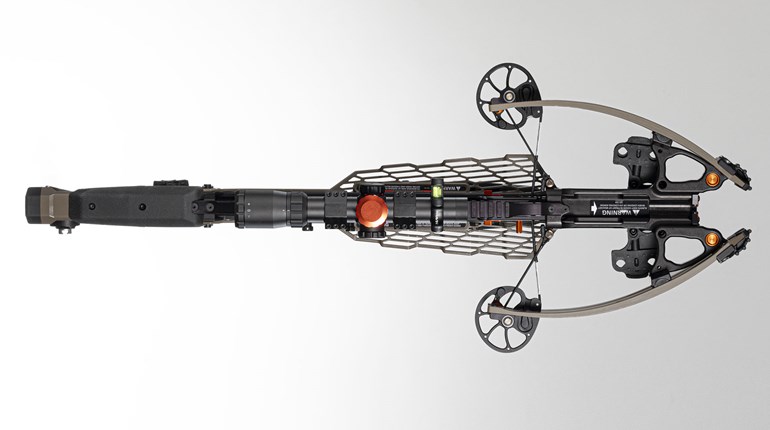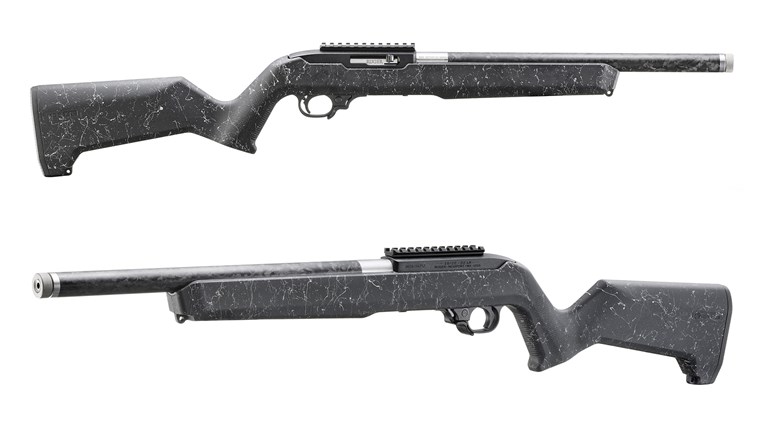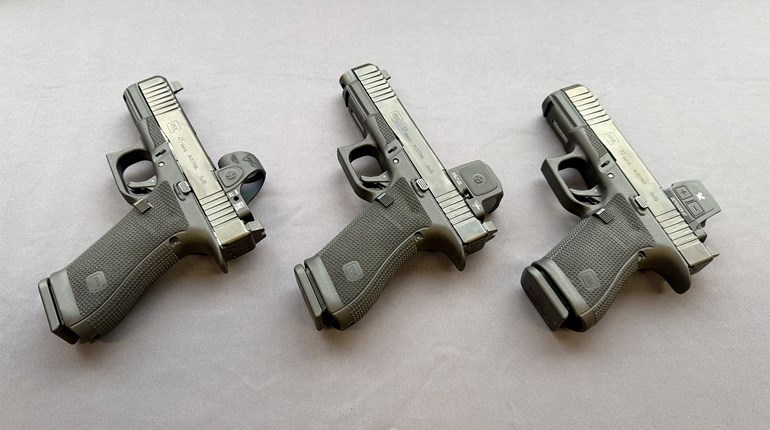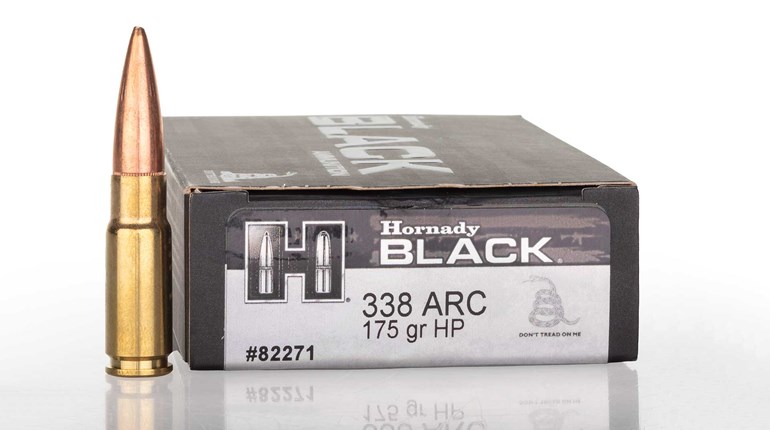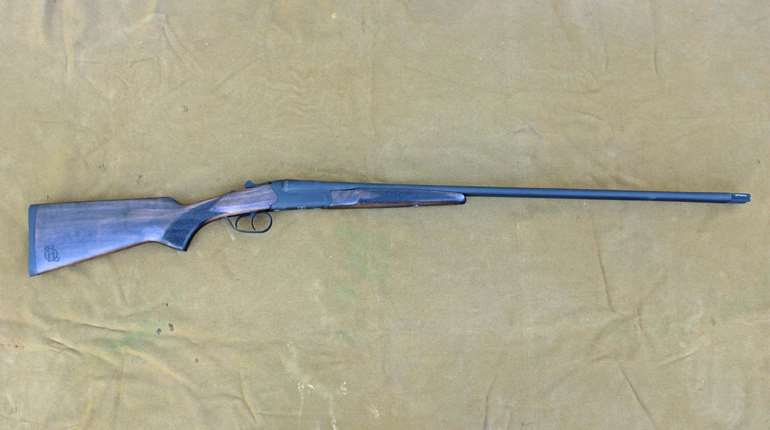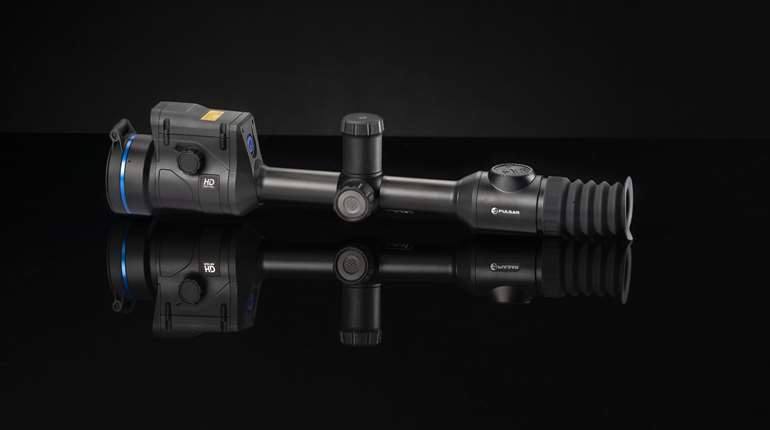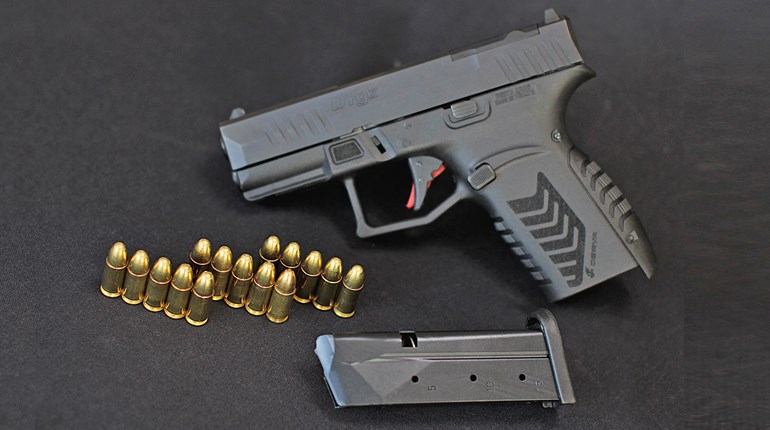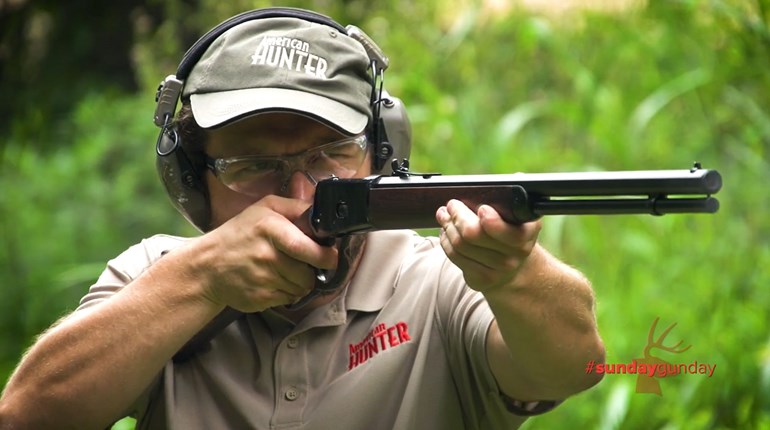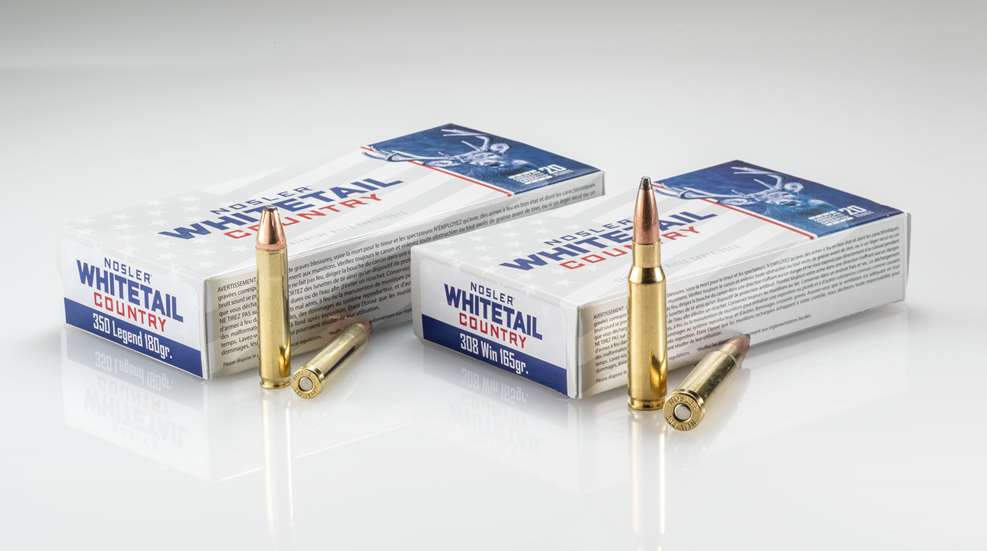
To say we live in a world of perpetual ammunition development is an understatement. The past decade alone has delivered dozens of new projectile designs, some good, some not so much. For this reason, there will always be room for conventional options, particularly those spun by a reliable source. This most critical ammunition component is often, sadly, an afterthought when a company is looking to bring a new family of loads to the market. Working from the head of the spear back, legendary bullet maker Nosler has sought to change this approach through its various loaded ammunition products. Its new Whitetail Country lineup is built for the discerning hunter who has yet to see any need to deviate from tried-and-true profiles.
Rifle cartridges can neatly be broken up into two categories: bottleneck and straight-wall. As the pair have wildly different velocity capabilities, Nosler built each within its Whitetail Country line with a suitable bullet. The bottleneck cartridges (6.5 Creedmoor, .270 Win., 7mm-08 Rem., .30-30 Win., .308 Win., and .30-06 Sprg.) feature the company’s “Solid Base” bullet, while its slower-moving thumpers (350 Legend and .45-70 Gov’t.) are topped with its appropriately named “Straight-Wall” projectile. Both are optimized for rapid expansion, transferring more energy on target for faster, more ethical kills.

The Solid Base bullet uses a thickened rear section to ensure the lead core does not separate from the copper jacket upon impact. Its overall profile is tapered toward the rear into a boattail to improve its ballistic coefficient, refining long-range accuracy in the process. The exposed lead ogive is molded with a flat tip to more effectively initiate expansion and improve flight characteristics at any distance. Additionally, the jacket is gradually thinned as it approaches this area, acting as a catalyst once expansion has begun.
As its impact velocities are expected to be considerably lower than that of the previously described family, the “Straight-Wall” bullet was crafted with design elements to ensure reliable expansion. Chief of these is its slimmed jacket, which requires less energy to peel back. Just like the Solid Base, these too are built with an exposed lead core, except, as this bullet expands better with a little assistance, it is skived about a third of the way down. The function of these perforations is rather easy to see, as they create easy breaking points for when the jacket begins to peel back.
For testing, I selected what I believed to be the most popular cartridge from each family and paired it with a moderately priced firearm. The idea was to reproduce the parameters that would represent that of the average hunter without giving the ammunition any sort of “Gucci gun” advantage. To that end, I decided on the .308 Winchester offering with the intention of running it through a Remington 783 bolt-action rifle. Its 16.5-inch barrel would create the worst-case scenario from a velocity standpoint and give me my best odds of capturing a fired bullet. Cut with a 1:10-inch twist, I had zero reservations about it stabilizing the midweight 165-grain projectiles. The 350 Legend was an undeniable hit for Winchester, so I picked that round to sample the Straight-Wall bullet. I chose a 22-inch Mossberg Patriot rifle for this load testing, as I feel shooters using the 350 Legend tend to try to wring every bit of performance out of the relatively small cartridge. The twist rate didn’t enter my thought process, as 1:16 is pretty standard for this chambering.
I began my day with some bench-rest 100-yard groups. I was immediately impressed, as neither cartridge printed a three-shot group larger than 1.5 inches. Velocity, on the other hand, was a bit shy of the boxes’ promise, which was expected with the shorter barrel of the .308 Win. rifle, but not with the 350 Legend. On that note, recoil was rather mild for both, making either load an excellent choice for those concerned with kick.
Satisfied with the accuracy of each cartridge, I picked my .308 back up and moved on to downrange ballistic testing. Clear Ballistics was kind enough to send us a boatload of its 10-percent FBI gelatin, which is formed into blocks that measure 6 inches by 6 inches by 16 inches. Nosler claims its Solid Base bullets are capable of penetrating 30-32 inches of gel after traveling 100 yards, so I knew one block wasn’t going to cut it. After doubling up, I proceeded to fire a trio of rounds. Upon impact, both blocks violently erupted and were thrown several feet from their supporting surface. After recording some data, I repeated the test two more times before tabulating averages. As a result, I determined that typical expansion started after about 2 inches and created a wound channel about 1.25 inches in diameter. I would like to report on the fired bullet’s weight, but the Solid Base projectiles made good on their penetration promise and were not able to be recovered. This leaves me confident that you can expect a clean pass-through on most any medium game, data which might be even more valuable.
Given the results of the Solid Base projectiles, I reset the test with a fresh pair of blocks for the 350 Legend containing the Straight-Wall bullet. On average, expansion started sooner than that of its bottlenecked counterpart, typically after around just 1.25 inches of penetration. The slower-moving .35-caliber bullets created wound channels about 1.5 inches in diameter, which remained straight for at least 16 inches of gel. With the exception of one, these bullets took a turn toward the end of their journey and exited the second block through its side. Measuring the bullet that I was able to capture, I found that it opened up to .692 inch, representing an expansion of 194 percent. Putting it on a scale showed that it retained 172 grains of its original 180-grain weight, or 96 percent.
My testing of Nosler’s Whitetail Country ammunition has reassured my faith in conventional cup-and-core bullets, as it’s hard to argue with either the accuracy or terminal ballistics. I believe Nosler picked the right cartridges for the initial loadings; in my opinion, these represent the most common firearms selected by hunters who keep their shots within traditional distances. The MSRP on each box is reasonable by today’s standards, and the lower price certainly doesn’t represent a reduction in quality. Additionally, if handloading is in your future, it’s hard to do better than fireformed Nosler cases. Overall, this line of ammo is a great buy on an established design that takes the emphasis off the gear and puts it back on the pursuit, where it belongs.

Nosler Whitetail Country
- Calibers, Bullet Weights Available: 6.5 Creedmoor, 140-gr.; .270 Win., 130-gr.; 7mm-08 Rem., 140-gr.; .30-30 Win., 150-gr.; .308 Win., 165-gr. (tested); .30-06 Sprg., 165-gr.; 350 Legend, 180-gr. (tested); .45-70 Gov’t., 300-gr.
- Bullet Type(s)/Style(s): Solid Base; Straight-Wall; jacketed soft-point
- Ballistic Coefficient (G1): .442 (.308, 165-gr.); .245 (350, 180-gr.)
- Muzzle Velocity (fps): 2800 (.308 Win, 165-gr.); 2100 (350 Legend, 180-gr.)
- Muzzle Energy (ft.-lbs.): 2,871 (.308 Win, 165-gr.); 1,762 (350 Legend, 180-gr.)
- Uses: deer, medium-sized game
- nosler.com
- MSRP per box: $34.95-$39.95/20-rnd.












